Ornamental Fish
- Nutritional Information (per 100g):
- Protein: 45-55g
- Fat: 30-35g
- Fiber: 5-8g
- Calcium: 6g
- Phosphorus: 1-2g
- Omega-3: 1-2g
- Vitamin A: 1000-2000 IU
- Vitamin B1: 0.5-1mg
- Vitamin B2: 1-2mg
Dried Black Soldier Fly Larvae (BSFL): The Perfect Feed Solution for Ornamental Fish
Ornamental fish enthusiasts and aquaculture professionals face a growing challenge: finding a feed solution like BSFL that ensures vibrant fish coloration, optimal growth, and robust health while being eco-friendly and cost-effective. Many existing products fall short, either due to insufficient nutritional profiles or unsustainable production practices.
At WINVN INT CO., LTD, we are dedicated to revolutionizing the pet food industry with innovative, sustainable, and high-quality products. With over a decade of expertise and a strong focus on OEM and ODM services, we proudly supply natural pet food solutions made in Vietnam to clients worldwide.
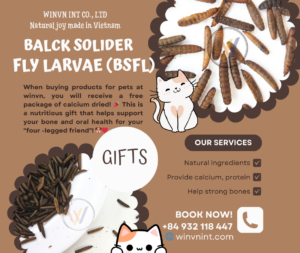
Why Choose WINVN’s BSFL for Ornamental Fish?
- Premium Quality Backed by Science
Our BSFL boasts a protein content of up to 60% (dry matter) and a rich profile of essential amino acids. This ensures ornamental fish experience optimal growth, vibrant coloration, and robust health. - Nutrient-Rich and Eco-Friendly
With balanced omega-3 and omega-6 fatty acids, our BSFL supports healthy scales and immune systems while promoting sustainable aquaculture practices. - Global-Grade Standards
Exporting to over 40 countries, including the USA, Japan, UK, and Germany, WINVN’s products meet stringent export quality standards, making them a trusted choice for discerning markets. - Customizable Solutions (OEM & ODM)
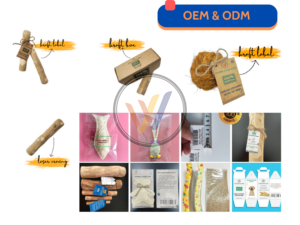
Whether you’re a local shop or a large brand, WINVN offers customizable options:- OEM: Private labeling and personalized branding.
- ODM: Product development tailored to your specifications with low MOQs starting from just 50 pieces.
Value-added services include customized labels, packaging, and laser engraving.
- Customer-Centric Approach
- Fast response and dedicated care for client inquiries.
- Comprehensive cost-optimization solutions, saving you time and resources.
- Hassle-free return policies for international orders, ensuring peace of mind even in cross-border transactions.
Competitive Advantages of WINVN
- Price Leadership
Offering the most competitive rates in the market, we add unmatched value through premium customization services. - Ethical Commitments (CSR)
For every product sold, we donate 1,000-2,000 VND to support local communities and environmental initiatives.
Serving Diverse Clients Across the Globe

WINVN caters to a broad range of clients, including:
- Local Pet Shops: Small-batch orders with creative marketing solutions, such as TikTok trends and engaging sample campaigns.
- Hypermarkets and Wholesalers: Bulk orders with seamless supply chain solutions.
- Sourcing Companies: Tailored export solutions that meet global demands efficiently.
Our key promotional strategies include:
- Digital platforms like Alibaba, LinkedIn, and website marketing to connect with international buyers.
- Participation in global expos to stay ahead of market trends and foster new partnerships.
Join Us in Making Pet Care Sustainable
With a commitment to quality, sustainability, and client satisfaction, WINVN INT CO., LTD continues to lead the way in innovative pet food solutions. Trust us to provide the perfect combination of natural joy and premium care for your ornamental fish.
WINVN INT CO., LTD
Natural joy made in Vietnam
☎️ +84 932 118 447
📧 info@winvnint.com
🌐 winvnint.com
🌐 https://winvnint.trustpass.alibaba.com/
📌 29, 29 Street, Van Phuc Residence, Thu Duc City, Ho Chi Minh City, Vietnam
For inquiries or to discuss your OEM/ODM needs, contact us today!
Be the first to review “Ornamental Fish” Cancel reply
Related products
Product new
Product new
Product new
Product new
Product new
Product new
Product new
 Tel: (+84) 932 118 447
Tel: (+84) 932 118 447  Email: info@winvnint.com
Email: info@winvnint.com 










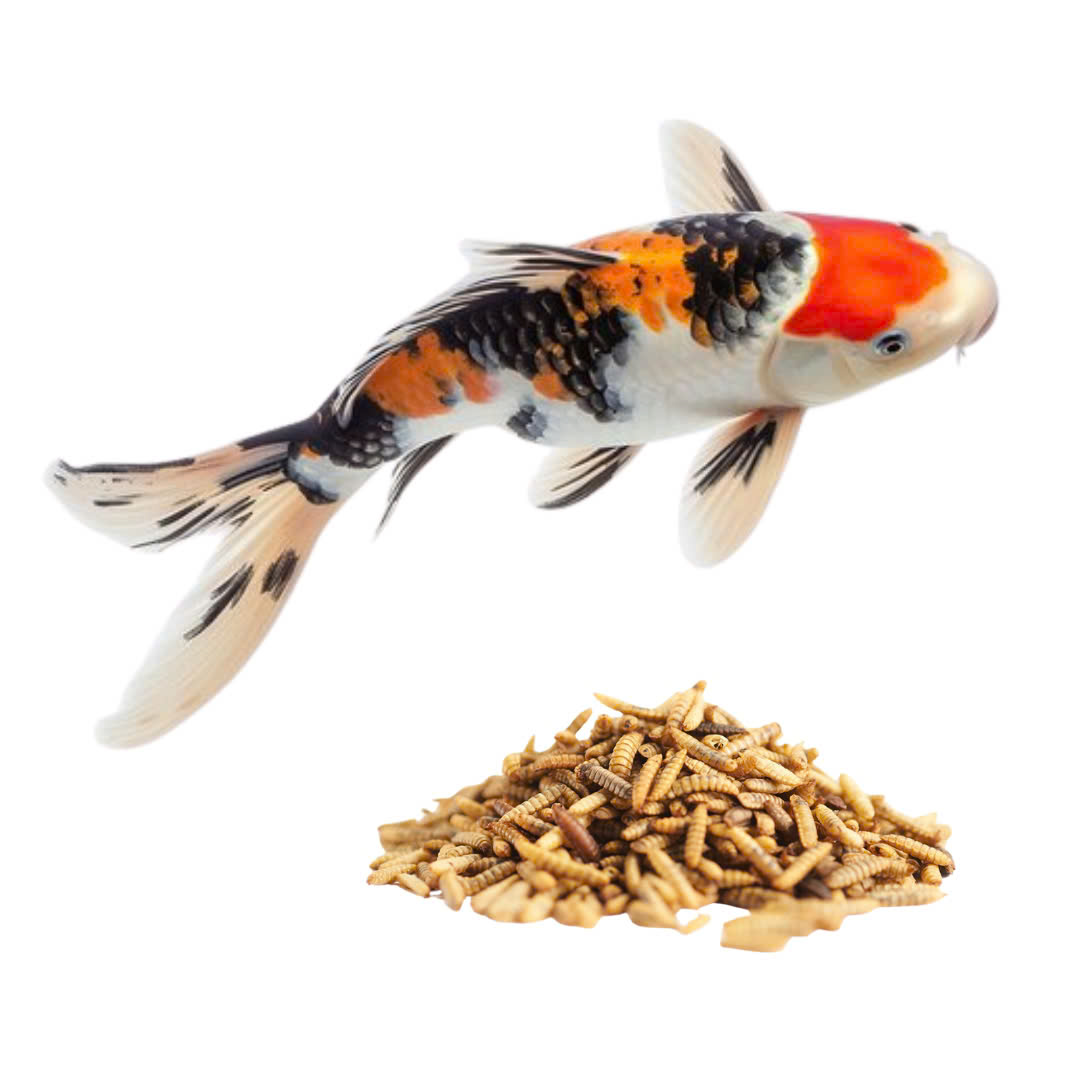
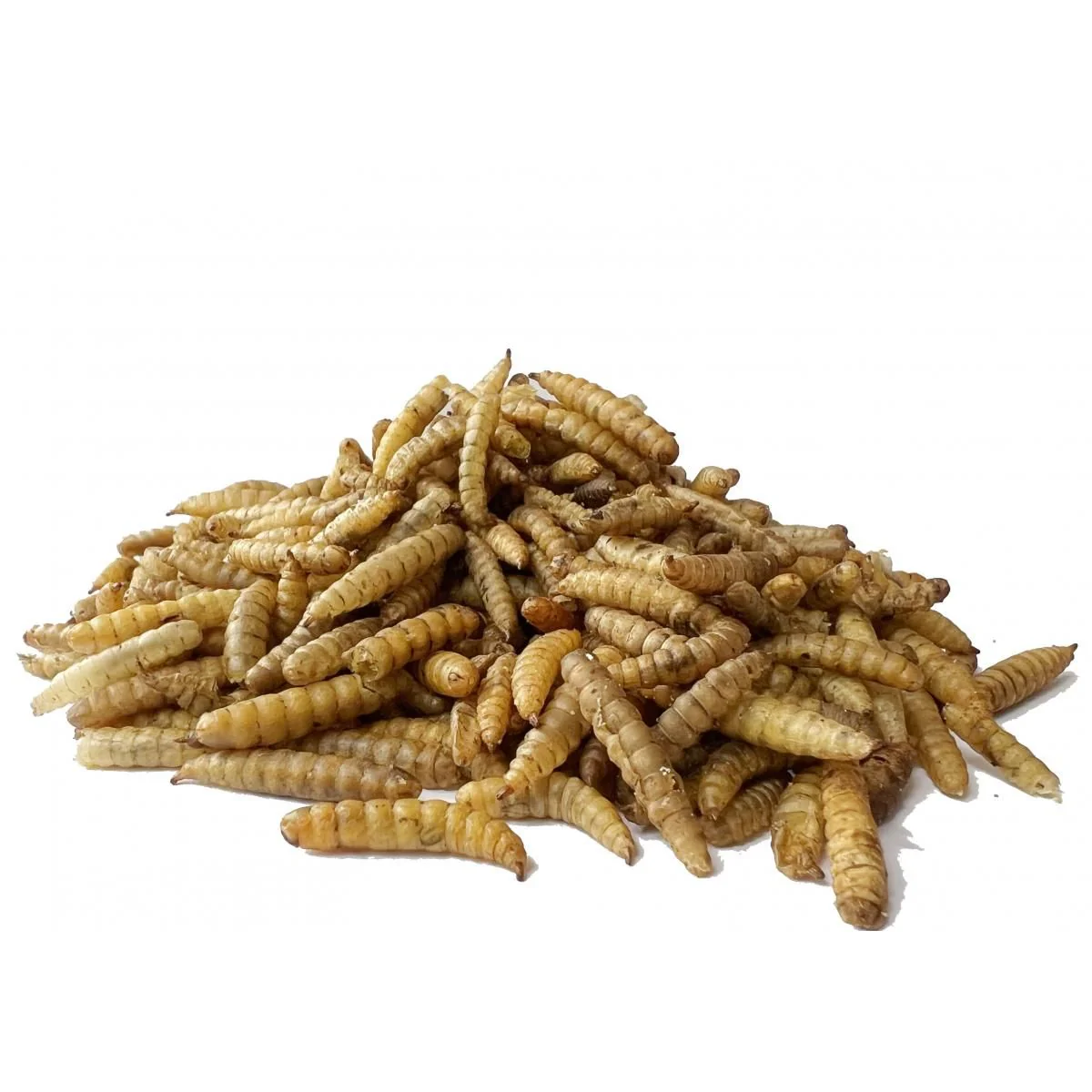
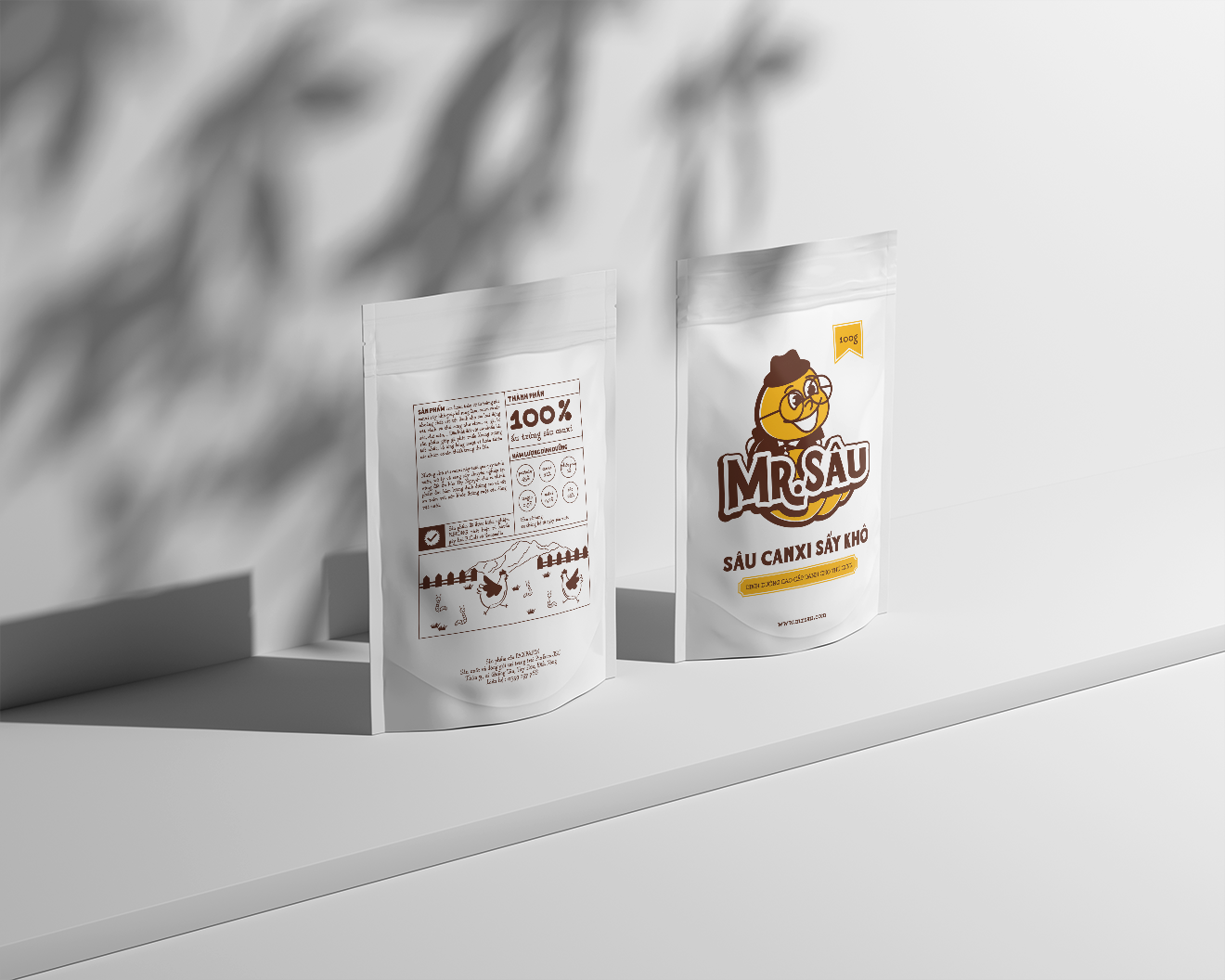
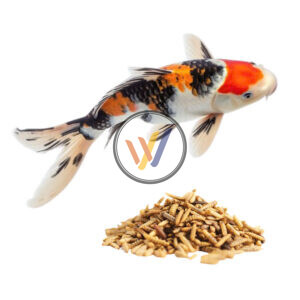
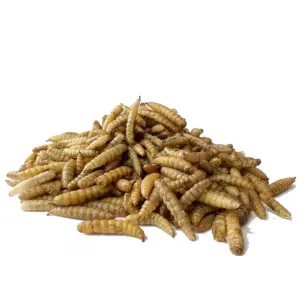
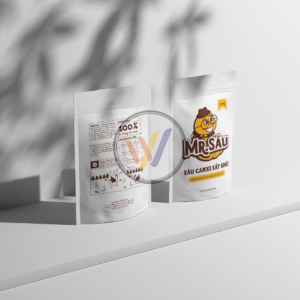

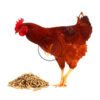
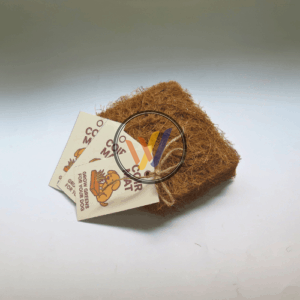

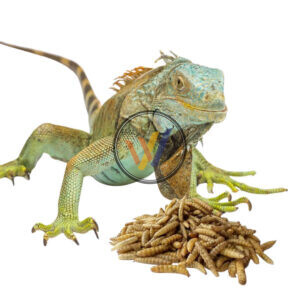
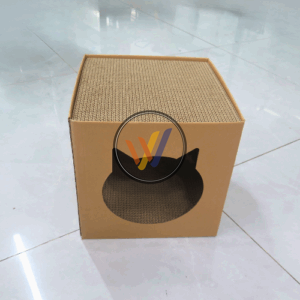

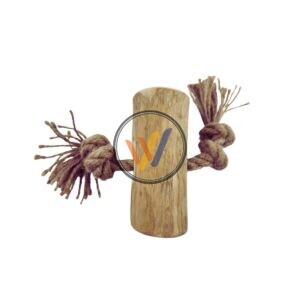
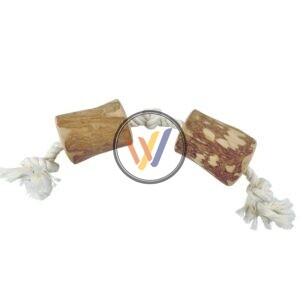
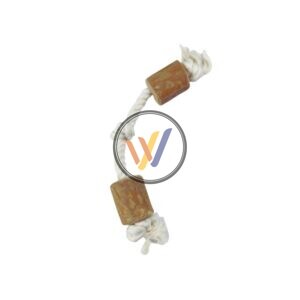


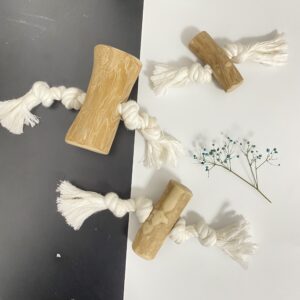
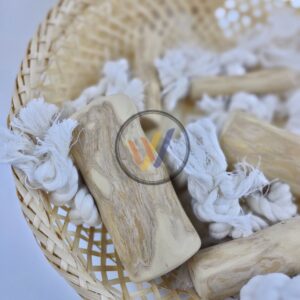
Reviews
There are no reviews yet.